Top 10 Historical Landmarks in Kuala Lumpur
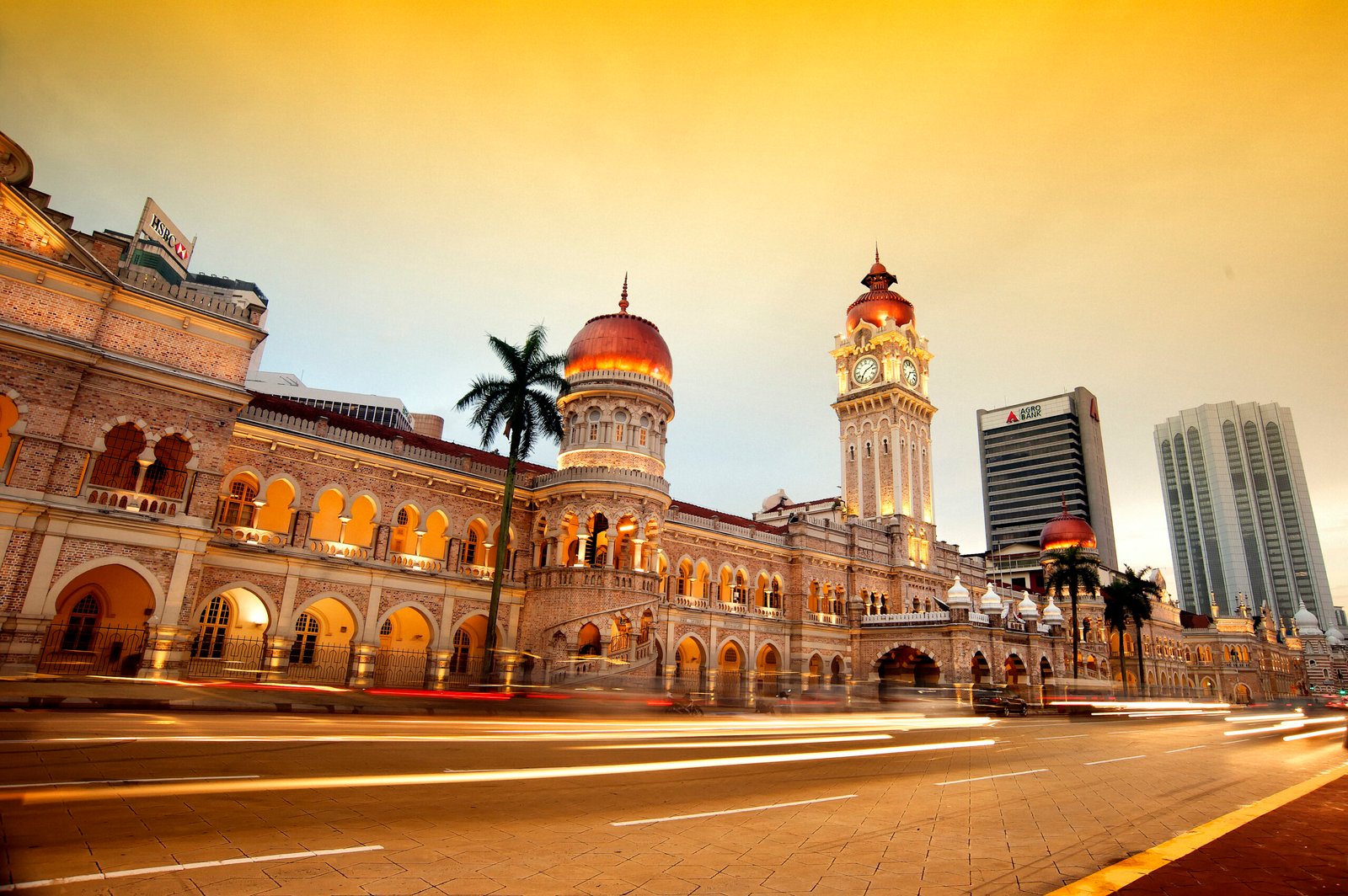
Kuala Lumpur may be known for its modern skyline and glitzy shopping malls, but beneath the surface lies a city steeped in history and cultural depth. If you’re looking to experience the roots of Malaysia’s capital, these top 10 historical landmarks in Kuala Lumpur are the perfect places to start. They reveal stories of colonial rule, independence, and the city’s multi-ethnic legacy—making them essential stops for cultural travelers.
1. Sultan Abdul Samad Building – Icon of Colonial-Era Architecture
Jalan Raja, Merdeka Square
Built in 1897, this Moorish-inspired building was once the administrative centre of British Malaya. With its copper domes, clock tower, and arched colonnades, it remains one of the most photographed landmarks in KL.
2. Merdeka Square – The Birthplace of Malaysian Independence
Jalan Raja
On August 31, 1957, Malaysia’s independence was declared here. Merdeka Square, once a cricket green, is now a symbol of national pride. It’s surrounded by other historic buildings like the Royal Selangor Club and St. Mary’s Cathedral.
Great for: National Day celebrations and heritage photo walks.
3. Kuala Lumpur Railway Station – Mughal Beauty in Transit
Jalan Sultan Hishamuddin
Completed in 1910, this elegant train station blends Indo-Saracenic, Gothic, and Moorish styles. Although KL Sentral is now the main hub, this building remains an architectural gem.
Nearby attractions: Islamic Arts Museum, National Mosque.
4. Masjid Jamek – Oldest Mosque in KL
Junction of Klang & Gombak Rivers
Built in 1909, this mosque marks the very spot where Kuala Lumpur was founded. Featuring Mughal architecture with domes and minarets, it offers a peaceful escape in the city centre.
Local insight: Best visited during non-prayer hours for architectural viewing.
5. Thean Hou Temple – Vibrant Chinese Heritage
Seputeh Hill, Off Jalan Syed Putra
Built in 1989, this ornate six-tiered temple is dedicated to the sea goddess Mazu. With red pillars, dragon-inspired roofs, and panoramic city views, it’s a stunning example of Chinese-Malaysian culture.
Best time: Chinese New Year celebrations.
6. Sin Sze Si Ya Temple – The Oldest Taoist Temple in KL
Jalan Tun H.S. Lee
Established in 1864 by Kapitan Yap Ah Loy, this temple plays a vital role in KL’s early Chinese settlement. Visitors come to pray, consult fortune sticks, and admire its traditional Southern Chinese architecture.
Unique experience: Traditional divination using “kau cim” sticks.
7. Sri Mahamariamman Temple – Hindu Devotion in the City
Jalan Tun H.S. Lee
Dating back to 1873, this temple features an impressive 22-meter gopuram (entrance tower) adorned with Hindu deities. It’s the starting point for the iconic Thaipusam procession.
Tip: Visit before noon for fewer crowds and temple blessings.
8. National Mosque (Masjid Negara) – A Symbol of Modern Islam
Jalan Perdana
Opened in 1965, the National Mosque represents Malaysia’s Islamic identity post-independence. With a 73-metre minaret and a unique blue star-shaped dome, it’s open to all visitors.
Note: Modest attire required; robes provided at the entrance.
9. Istana Negara (Old Royal Palace) – The Royal Museum
Jalan Istana
This former royal palace served as the official residence of the Yang di-Pertuan Agong until 2011. Today, it functions as the Royal Museum, giving insight into Malaysia’s constitutional monarchy.
Don’t miss: Changing of the guard ceremony.
10. Petaling Street (Chinatown) – The Living Heritage of KL
Chinatown, KL
Petaling Street is more than a bustling market—it’s the heart of old Chinese KL. Explore century-old shophouses, visit traditional Chinese medicine halls, and eat at legendary hawker stalls.
Local favourite: Kim Lian Kee Hokkien Mee since 1927.
Final Thoughts
Kuala Lumpur’s historical landmarks offer a vivid journey through time—from its colonial foundations to its cultural diversity and spiritual depth. Whether you’re tracing the footsteps of British administrators, admiring sacred temples, or standing where independence was declared, these sites form the very soul of the city.





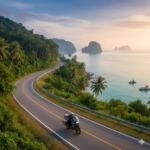

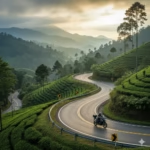
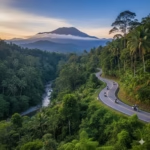
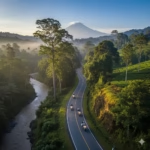
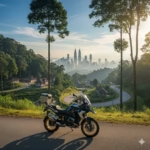
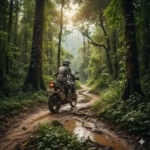

Comments are closed.